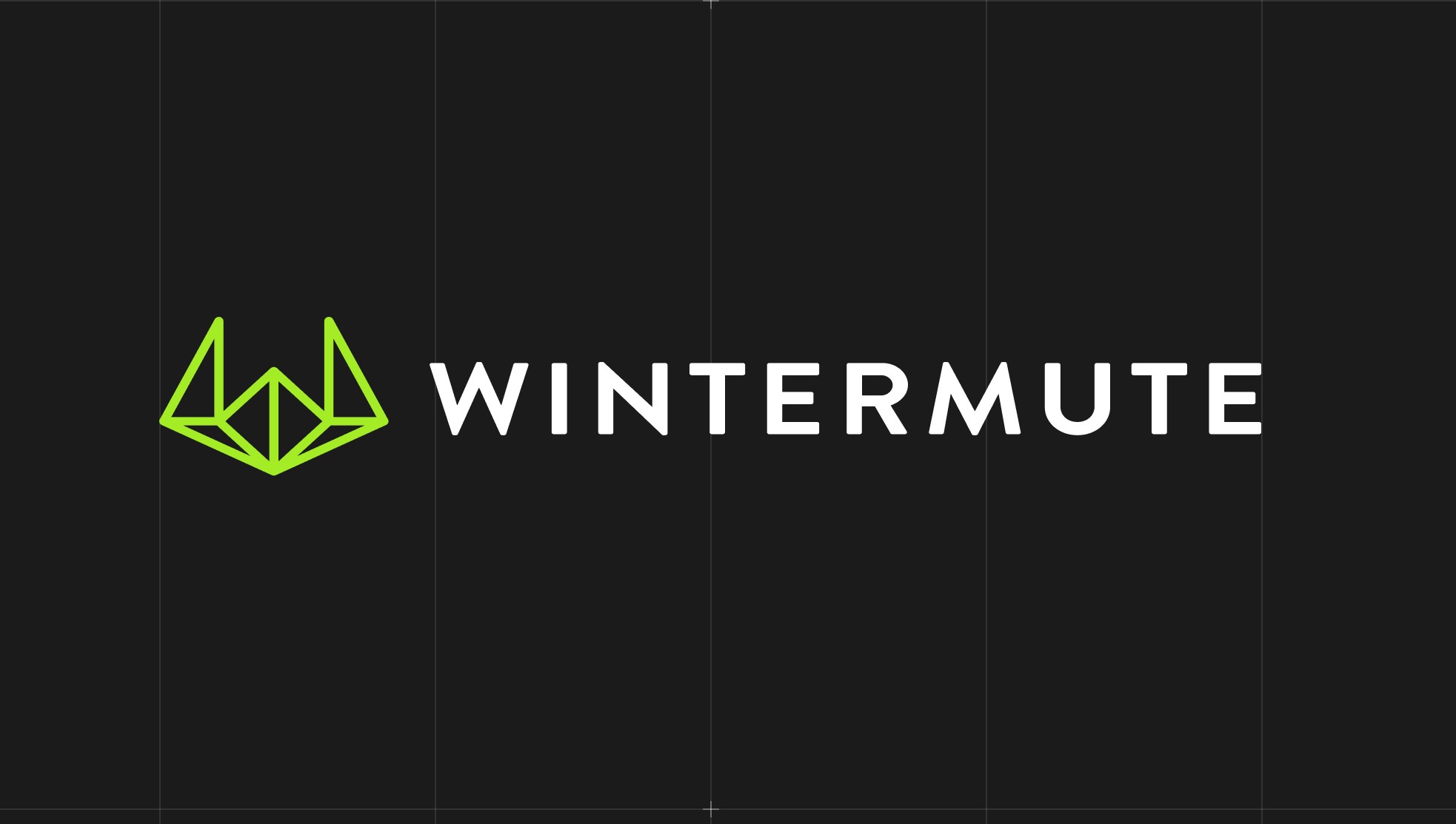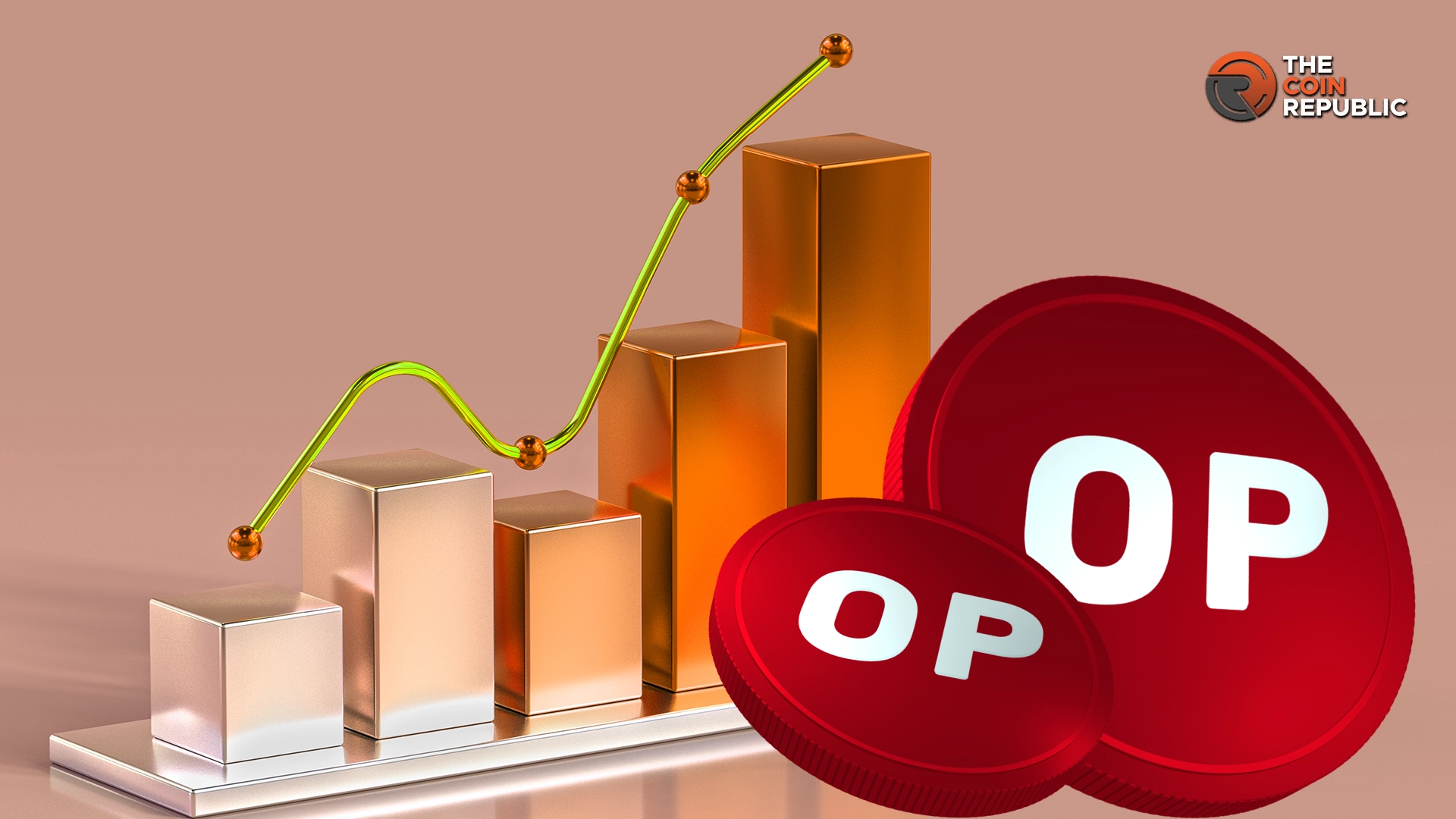
For the first time in history, the Cardano Foundation has published a Financial Insights Report, showing it holds $478.24 million in assets, mainly in ADA, with a bit of Bitcoin sprinkled in.
CEO Frederik Gregaard, who’s driving this “open-book” approach, says the report goes hand-in-hand with Cardano’s 2023 Activity Report. “Our funds have been directed to ensure the long-term resilience, adaptability, and expansion of the Cardano blockchain,” he explains.
Every dollar, ADA, or BTC is reported for building the network. With this report, Cardano’s Foundation says it wants everyone—especially its devoted user base—to know exactly where the money goes, focusing on three big pillars: operational resilience, education, and adoption.
Breaking down Cardano’s assets and income
A massive 82.5% of the $478 million comes from ADA, while 10.1% is in Bitcoin, and the rest is cash. This sizable stash started with an initial injection of ADA and BTC back when Cardano was getting off the ground.
To be specific, they kicked things off with 648 million ADA and 8,258 BTC. Cardano operates under a strict cap of 45 billion ADA. Tokens that aren’t distributed end up in the Cardano Reserve, a sort of blockchain trust fund that works on autopilot. The Reserve isn’t controlled by any single entity; it’s all coded into the blockchain itself.
Here’s how it plays out: every five days—an epoch in Cardano lingo—0.3% of the Cardano Reserve gets released. This release then fuels two things: rewards for Cardano’s stake pool operators (SPOs) and a contribution to the Cardano Treasury.
The rewards distribution is based on a simple rule: 20% of the pot goes to the Cardano Treasury, and the other 80% is earmarked for staking rewards. But here’s the twist—this distribution isn’t always exact because it depends on the dynamics of stake pool operation, such as pool size and how much stake is actively validating.
In recent epochs, only about 0.17% has been flowing out of the Cardano Reserve each round, with around 34% going to the Treasury and the rest reserved for staking rewards. The Foundation says these mechanics allow Cardano to keep inflation in check and make sure the ecosystem stays self-sustaining.
The role of the Cardano Treasury and project catalyst
Cardano’s Treasury is the powerhouse here, designed to keep the network going for the long haul. ADA holders are in charge here, making decisions on how the Treasury is spent through on-chain governance.
The Treasury’s funds support a range of projects, but one of the most notable is Project Catalyst. Think of Catalyst as a decentralized idea lab—Cardano community members submit proposals, and ADA holders vote on which ones get funded.
Through Catalyst, the community can directly decide on the projects that will make Cardano stronger and more useful. Going forward, the Treasury is expected to fund even more initiatives on the Cardano roadmap, covering everything from governance upgrades to new tech improvements.
The initial ADA distribution is worth a look too. When Cardano first launched, the network distributed over 31 billion ADA in the genesis block. Most of this went to early supporters, with 5.1 billion ADA allocated to pioneering entities like IOHK (now IOG), EMURGO, and the Cardano Foundation itself.
IOHK took 48%, EMURGO got 40%, and the Foundation received the remaining 12%. This initial spread set the stage for Cardano’s long-term growth, allowing it to operate independently without needing constant cash infusions.
Resilience, education, and adoption
Let’s talk expenses. Cardano’s Foundation spent a total of $23.77 million across its three main focus areas in 2023. Operational resilience received $2.12 million, while education initiatives took $4.18 million. The biggest chunk, $12.92 million, went toward adoption, making up over half of the spending.
On top of this, the Foundation spent $4.55 million on central operational costs as it ramped up its ability to back and launch major projects.
Operational resilience is a core focus. In 2023, the Foundation reportedly invested in real-time, continuous network monitoring to ensure the blockchain runs smoothly. It also supported the Valentine hard fork, which improved Cardano’s interoperability with other blockchain networks.
They also tested out a decentralized, on-chain governance mechanism through an SPO poll and worked with the University of Zurich on a simulation to measure the impact of voting on business continuity. Cardano even launched its own stake pool to deepen its understanding of the ecosystem, allowing it to better support the community’s needs.
Education got a fair amount of attention too. The Foundation launched the Cardano Academy, a platform where anyone can learn about blockchain and Cardano through gamified micro-learning. They also created a Cardano Explorer tool, a visualization feature designed to help regulators understand the network’s inner workings.
For outreach, they started the “Let’s talk Cardano” webinar series and hosted the Cardano Summit 2023 in Dubai, which attracted a diverse collection of attendees, from established industries to blockchain advocates and policymakers.
According to it, the Cardano Foundation operates as an independent, Swiss-based, non-profit organization focused on building a public digital infrastructure for all kinds of industries.










